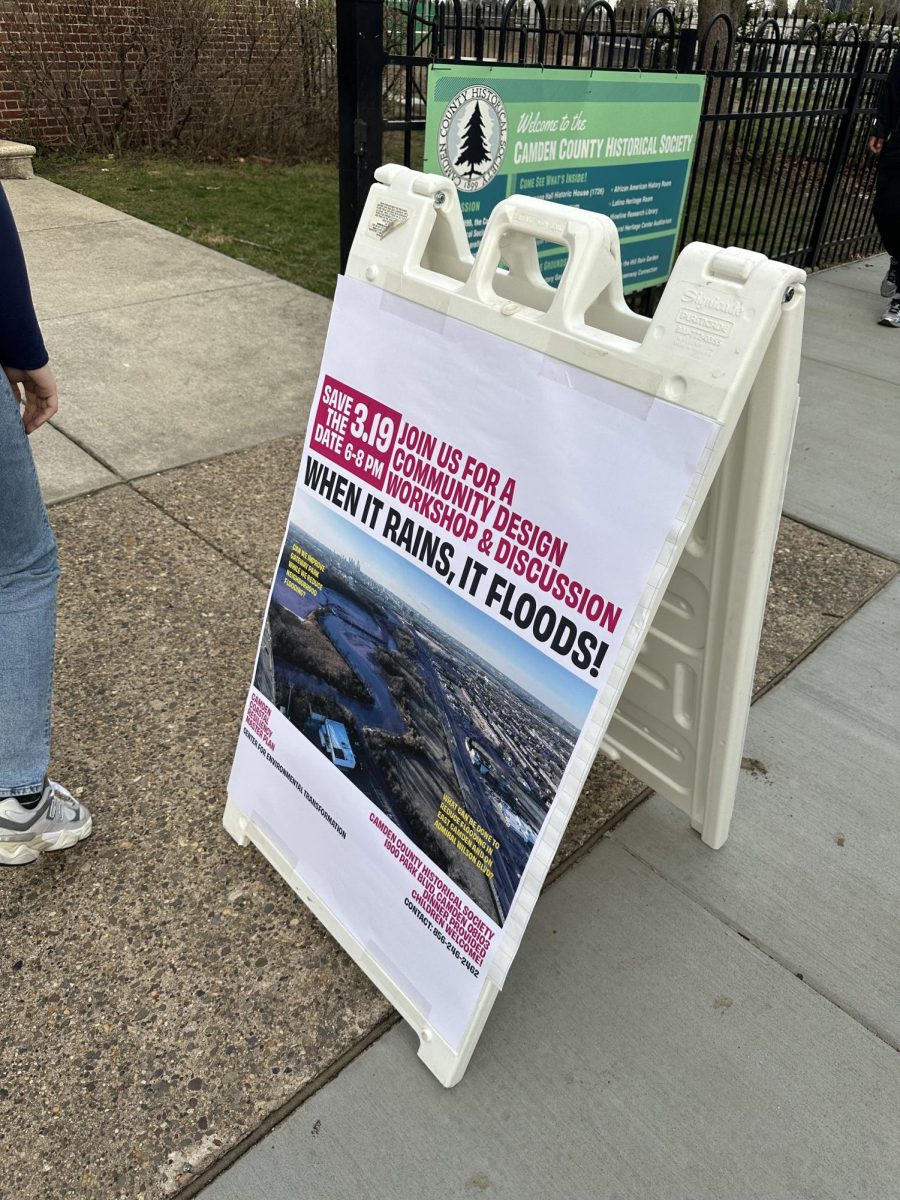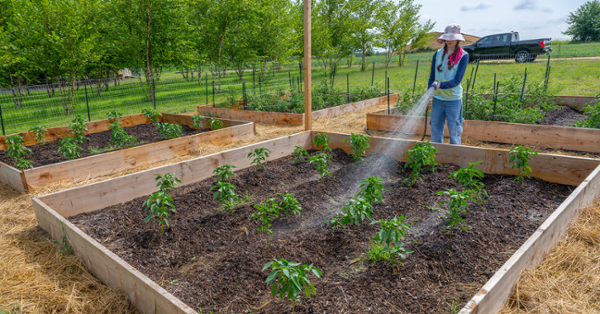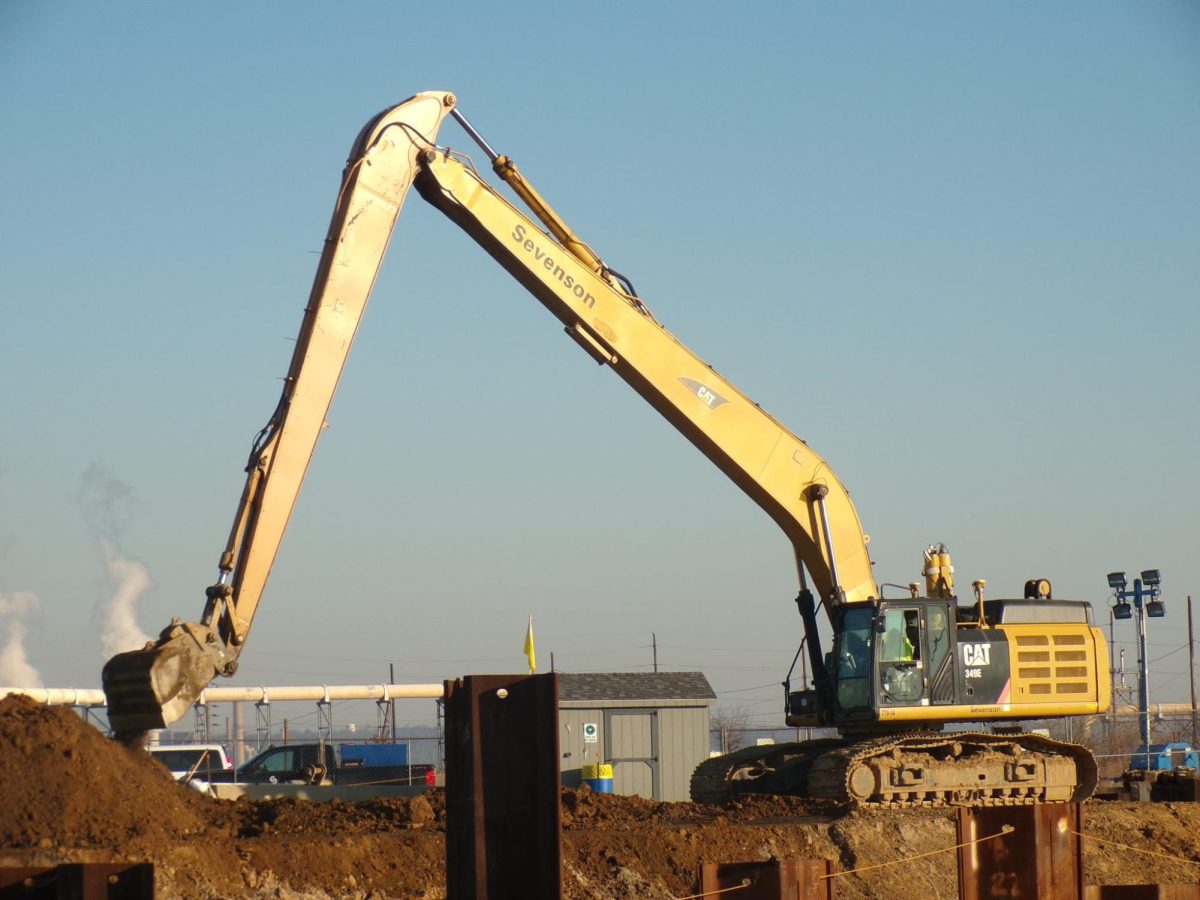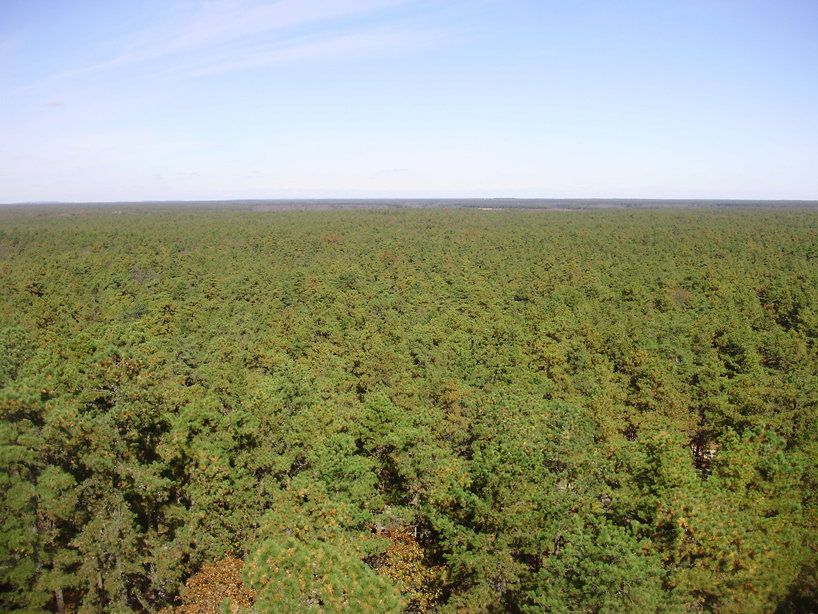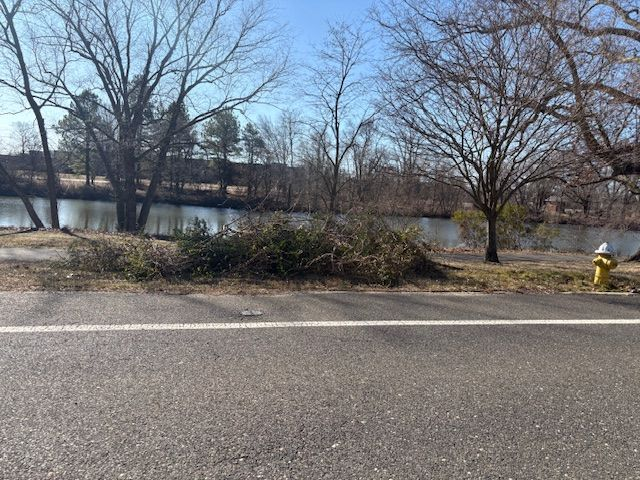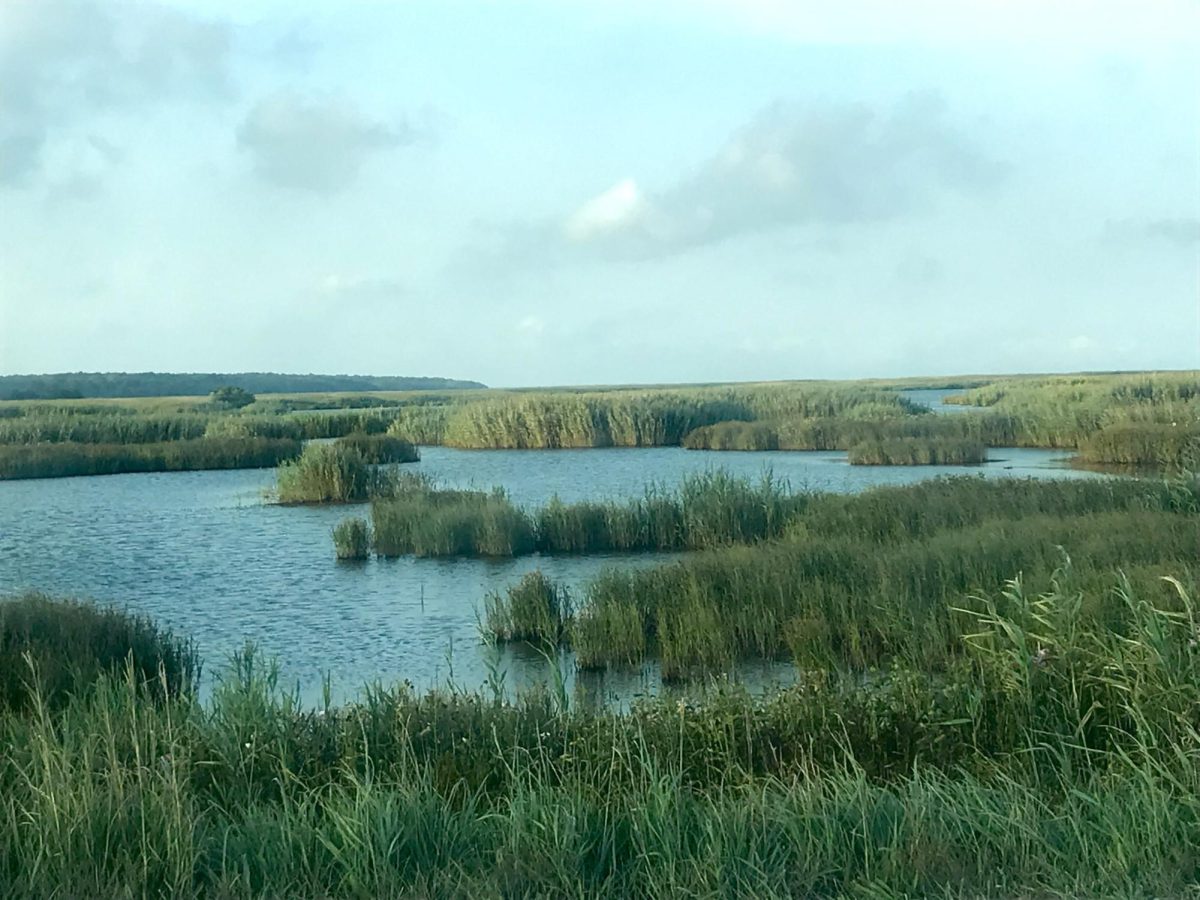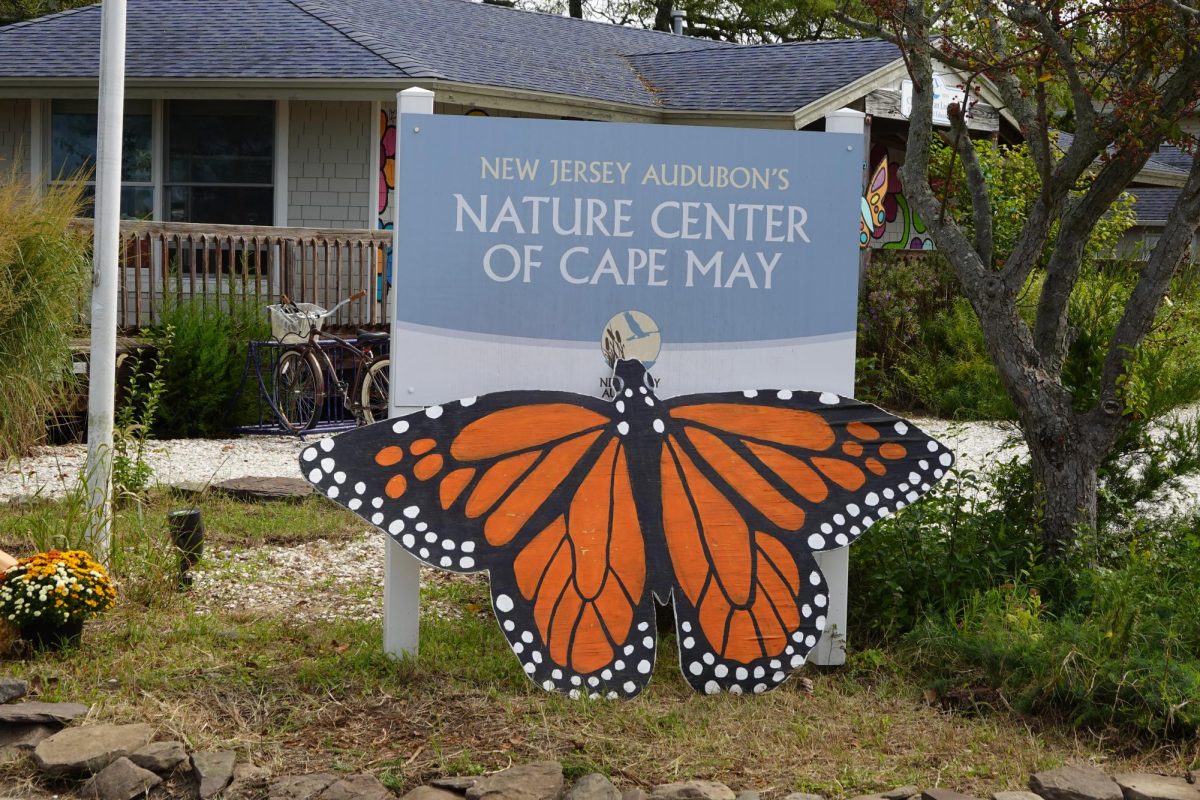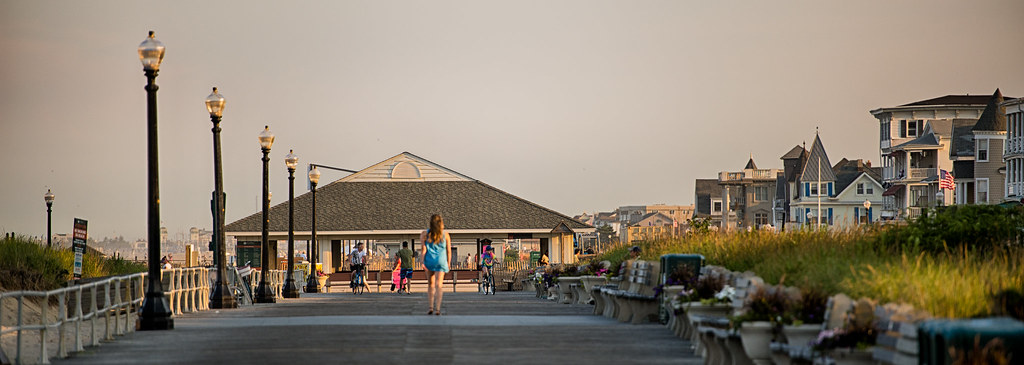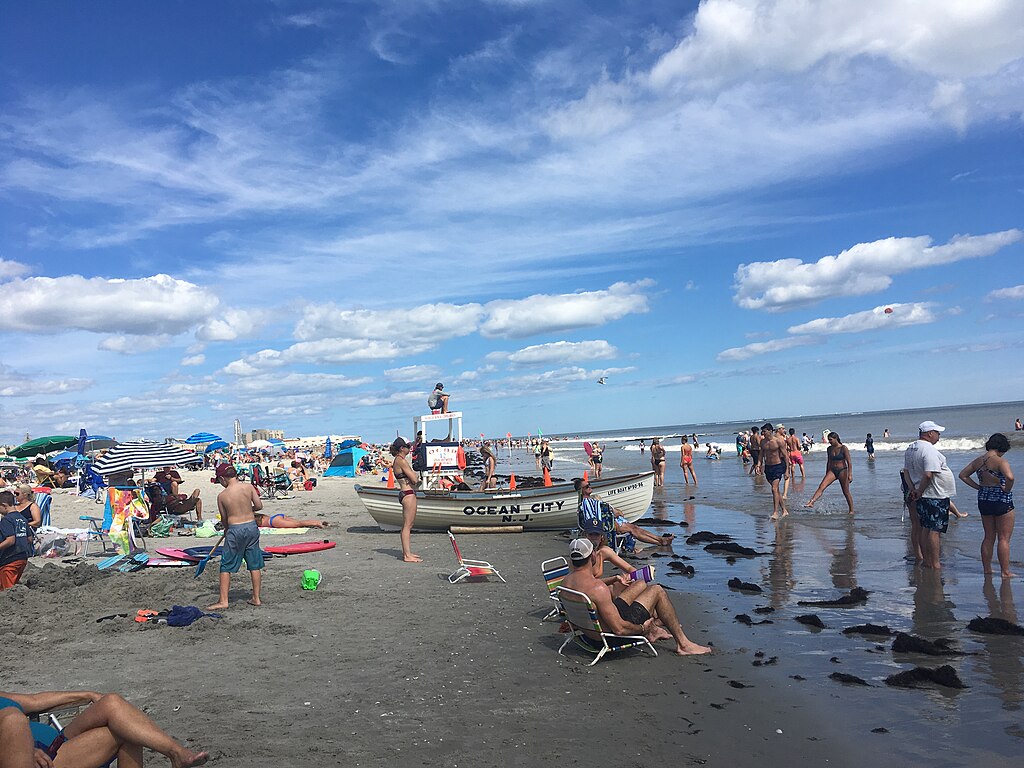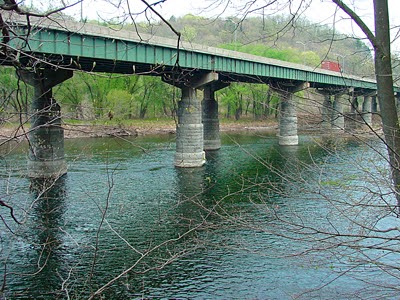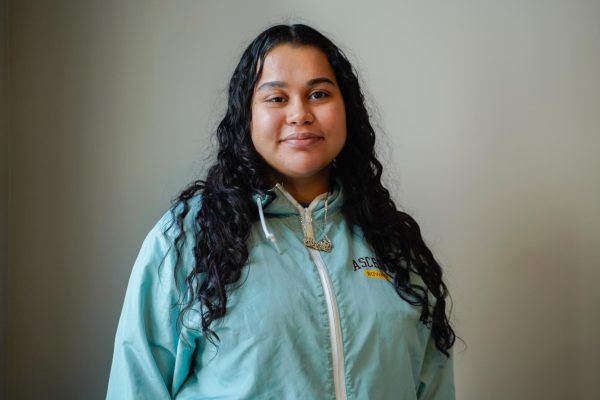The Center for Environmental Transformation is highlighting the issue of significant flooding in East Camden, specifically in Marlton and Admiral Wilson Boulevard. This boulevard is next to Gateway Park, which has also become an area vulnerable to flooding due to its proximity to the Cooper River.
The issue of flooding was discussed at a community workshop held on March 19 by the Center for Environmental Transformation, a non-profit dedicated to environmental transformation specifically in Camden neighborhoods. Many organizations represented at the workshop are involved with volunteer work, including helping with community gardens and ecological retreats, and their representatives noticed that one of the biggest challenges Camden faces is flooding.
Workshop facilitators Jon Compton and Ellen Neises guided the workshop, along with community ambassadors like Kevin Barfield, to find different solutions for the significant flood areas in East Camden.
According to the Coastal Resilience Plan project handbook: “The Marlton neighborhood contains the densest cluster of repeatedly flooded properties, with 55% of its area in the FEMA 100-year floodplain – a proportion far exceeding any other area in Camden.”
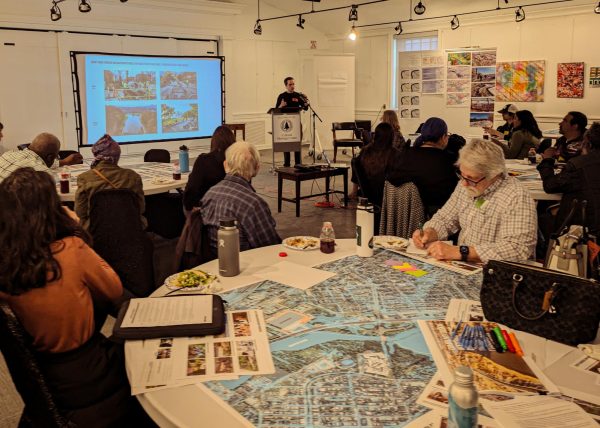
According to The Philadelphia Inquirer, “Stormwater flows downhill from Pennsauken into Camden through an interconnection of pipes. The water enters a station that the Camden County Municipal Utilities Authority (CCMUA) owns. When that system reaches capacity, it overflows.”
Once the system overflows, flooding of homes and roads begins, leading to long-term damage that residents encounter. This pattern has led many to attend the workshop, which is what the non-profit is seeking.
Bryan Bonilla, 20, has lived in Camden for six years and has experienced the effects of major flooding as a resident and as a former real estate agent. Bonilla and many others like him have served as examples of how flooding can affect people’s homes and careers in high-flood areas.
“Some people can’t make it to the appointments because the weather and bad conditions don’t let us work, and many times they deteriorate the houses, so people can’t appreciate the areas,” Bonilla said in Spanish.
Along with delaying Bonilla’s appointments, the floods deter his clients when they see the major floods in the area and inside their homes. Many clients are also denied approval to buy a house if the issue is not fixed before their closing date. This means not only does Bonilla lose clients or delay the process, but clients also find it hard to find a house if this is the norm in many homes in Camden, forcing them to steer away from the neighborhood.
According to an article from First Street, “There are 12,134 properties in Camden at risk of flooding over the next 30 years, representing 38.9% of all properties in Camden.”
However, the effects flooding has on homes and the delays caused by flooded roads are not the only issues. The impact on human health has also become quite a concern.
“These storms pose a threat to human health by spreading toxins when floodwater encounters toxic materials stored in homes and businesses,” according to the Flood Risk Management provided by Camden County. “The threat continues to grow with increased precipitation, storm intensity, and sea level rise, resulting in more flooding and toxins spreading.”

These issues have come together to help create the workshop, which has introduced attendees to the organization’s Coastal Resiliency Master Plan, funded by the National Fish and Wildlife Foundation.
“If the grant program continues, which we hope it will, then there’s…rounds of funding to develop up to 10 projects, and we’re thinking of clustering all 10 projects in this location, Gateway Farnam Park along the Cooper River, and that these would all contribute to trying to lessen the flooding impacts of the neighborhood,” Compton said.
Proposing the 10 projects, creating abstract designs and initial cost estimates, and explaining why each project is a good fit for each area and how it can help reduce the flood risk, were all part of introducing the plan to the community, which was mentioned in the project handbook and event.
The plan is to create more capacity for rainwater storage or increase the capacity to pump water out of the neighborhoods when it rains to prevent major flooding.
According to an updated status of the project, from April to June 2025, the project has now conducted the development of water management strategies along with the design of infrastructure improvements for Gateway Park and improvements along Admiral Wilson Boulevard. Multiple trips have been made these last few months. The wait continues to see the final plan to kick-start the physical work.

